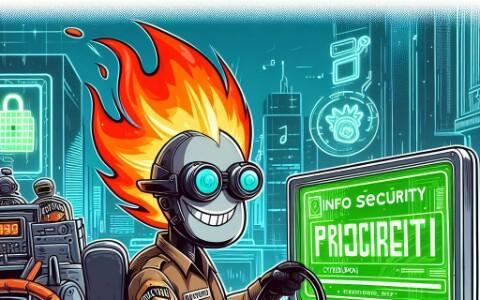Benefits and Drawbacks of NSA’s Advisory. The Double-Edged Sword
The document titled “cyber actors adapt tactics for initial cloud access” released by the National Security Agency (NSA) warns of use of cyber actors have adapted their tactics to gain initial access to cloud services, as opposed to exploiting on-premise network vulnerabilities.
Benefits:
Awareness and Understanding: The document raises awareness about the shift in tactics towards cloud services, which is crucial for organizations to understand the current threat landscape.
📌Detailed TTPs: It provides detailed information on the tactics, techniques, and procedures (TTPs) used by actors, including the use of service and dormant accounts, which can help organizations identify potential threats and vulnerabilities.
📌Sector-Specific Insights: The document outlines the expansion of targeting to sectors such as aviation, education, law enforcement, and military organizations, offering sector-specific insights that can help these industries bolster their defenses.
📌Mitigation Strategies: It offers practical mitigation strategies that organizations can implement to strengthen their defenses against initial access by actors, such as implementing MFA and managing system accounts.
📌Emphasis on Fundamentals: The advisory emphasizes the importance of cybersecurity fundamentals, which can help organizations establish a strong baseline defense against sophisticated actors.
📌Global Supply Chain Relevance: The document references the actors’ involvement in the SolarWinds supply chain compromise, highlighting the global implications of such cyber espionage activities.
Drawbacks:
📌Resource Intensity: Implementing the recommended mitigations may require significant resources, which could be challenging for smaller organizations with limited cybersecurity budgets and personnel.
Show more
keypoints
nsa
fbi
adapt tactics
overkillsecurity
Creator has disabled comments for this post.


